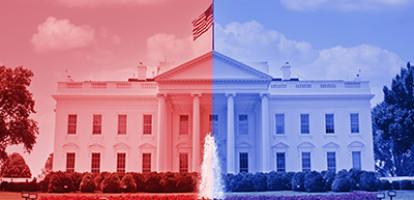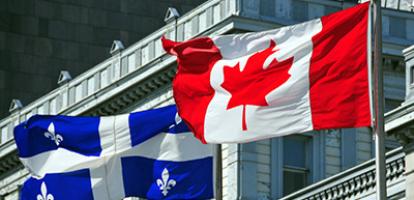From: Lawrence Herman
To: Canadian business and federal military planners
Date: July 19, 2019
Re: Two Initiatives for Troubled Times
Canada is not quite alone in the world these days, even if it sometimes seems that way, but the international environment is increasingly unfriendly and even hostile.
The ascendency of nationalism and populism around the globe, led by the Trump White House, has shaken the established order. Our all-important relationship with the US has been badly frayed.
After a brief sunny period under Barack Obama, Donald Trump’s shambling White House and his transactional approach have shaken the long-held conviction that, though disagreements will always arise, the two countries would remain allied with basically shared ideals. Yet even after the signing of Trump’s new NAFTA, the situation is shaky and unpredictable.
We’ve entered a dark and unfriendly period with China, with its aggressive attacks on Canadian trade and its hostage-taking of three of our citizens, disregarding any respect for human rights. There’s a deep-freeze in relations with Saudi Arabia, which expelled our ambassador. Iran doesn’t want to talk to us about re-engaging even though almost seven years have passed since the Harper government closed our embassy. Relations with Russia are at their lowest ebb since the Cold War ended. Our foreign minister is blacklisted from entering that country.
We clearly aren’t in the post-1945 world order any more. We need to chart a new course to safeguard our long-term national interests. How does a second-tier player influence events in this new, less certain world?
Foreign Affairs Minister Chrystia Freeland outlined changes to Canada’s strategic direction in her important 2017 House of Commons speech: less reliance on the US security and economic umbrella, less exposure to faltering American leadership and a strengthening of Canada’s commitment to a rules-based international order, including the North Atlantic alliance.
Whatever the details of this new shift in direction, the first duty of any Canadian government is to protect Canada’s territorial and political sovereignty. The second, equally fundamental, is to secure and improve the well-being of Canadians.
This requires that national interests – not abstract values – must always be front and centre. To that end, we must secure alliances, sometimes with nations that do not share our liberal values. And we must use Canadian assets to project our influence in whatever ways we can, a difficult exercise, but one that can be done in ways we don’t always appreciate.
A first priority: recognizing the uncertain relationship with the US, we must work hard to assure the success of two significant, but so far under-appreciated, achievements: the Comprehensive Economic & Trade Agreement (CETA) with the EU and the Trans-Pacific Partnership Agreement (TPP) with countries in the Asia-Pacific region. Securing the economic and political advantages of these new treaties requires more focussed diplomatic, political and business attention to both Asia and Europe.
Increased trade doesn’t just happen on its own. The rules and the framework are set up by government-negotiated deals, but it requires an engaged and motivated Canadian business community to take advantage of the substantial preferences these treaties offer.
A second imperative is that Canada augment its maritime assets, not only the navy but the coast guard, as well. We are one of the world’s largest maritime states. Protection of our territorial sovereignty is a national priority. Not only are the navy and coast guard critical — the Arctic being the central factor — but with astute deployment, they can be used to enhance Canadian influence and even power in a significant way.
Last month, as part of a carefully orchestrated pushback against Chinese aggression, Canada sent the frigate HMCS Regina and a supply ship through the Taiwan Strait, a significant strategic move reported as such by the New York Times, though it went largely unnoticed in Canadian media.
Effective influence also means getting on with the National Shipbuilding Strategy, completing Canada’s fleet of Arctic patrol vessels, and replacing our outdated coast guard ships with the most modern and technologically advanced ice-capable vessels in the world. Above all, Canada needs to move with speed to get its new fleet of frigates built and commissioned.
Even with our relative economic size and strength, words and declarations are not enough. Canada must project its maritime presence in physical terms.
There should be no illusions about the limits of Canadian power and influence in both these areas. Canada can never approach the military and economic clout of the US or China, nor dominate multilateral agreements such as CETA and TPP. But in confronting a hostile and less secure world, we need to leverage our relative strengths, both existing and potential. These would be two steps in that direction.
Lawrence Herman is a former Canadian diplomat who practices international trade law at Herman & Associates. He is also a senior fellow of the C.D. Howe Institute in Toronto.
To send a comment or leave feedback, click here.
The views expressed here are those of the author. The C.D. Howe Institute does not take corporate positions on policy matters.





